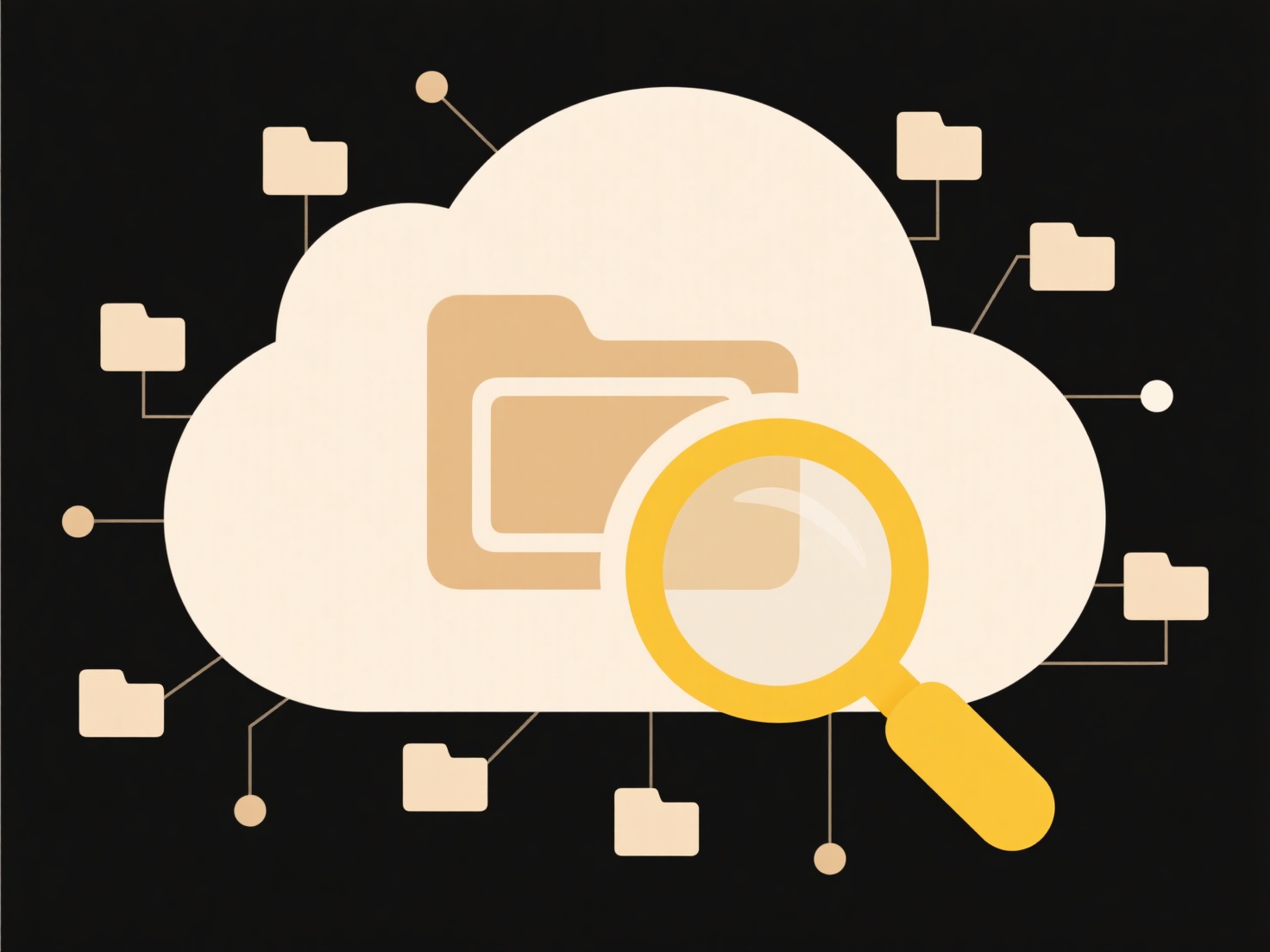
Manual file syncing to the cloud involves intentionally copying specific files or folders from your computer to a cloud storage service whenever you choose, rather than having it happen automatically. This differs from automatic syncing, which continuously uploads changes made within specific folders without your direct input for each update. For manual syncing, you explicitly select the files you want uploaded, relying on web browsers or dedicated desktop clients.
Common examples include uploading documents to Google Drive via its web interface for sharing with colleagues or manually dragging vacation photos into a Dropbox folder through its desktop app to free up space on your phone. Professionals in various fields, like graphic designers sending client proofs or researchers backing up sensitive datasets, often prefer this method to control exactly what is uploaded and when.

The primary advantage is granular control over what gets uploaded, enhancing privacy and security awareness by requiring deliberate action for each sync. However, manual syncing demands significant user time and discipline to remember updates, risking inconsistent backups if files are modified frequently. It also prevents accessing the very latest file version across all devices automatically. While beneficial for security-conscious users or large one-time transfers, the effort involved often makes automatic syncing preferable for regular, incremental updates on important files.
How do I manually sync local files to the cloud?
Manual file syncing to the cloud involves intentionally copying specific files or folders from your computer to a cloud storage service whenever you choose, rather than having it happen automatically. This differs from automatic syncing, which continuously uploads changes made within specific folders without your direct input for each update. For manual syncing, you explicitly select the files you want uploaded, relying on web browsers or dedicated desktop clients.
Common examples include uploading documents to Google Drive via its web interface for sharing with colleagues or manually dragging vacation photos into a Dropbox folder through its desktop app to free up space on your phone. Professionals in various fields, like graphic designers sending client proofs or researchers backing up sensitive datasets, often prefer this method to control exactly what is uploaded and when.

The primary advantage is granular control over what gets uploaded, enhancing privacy and security awareness by requiring deliberate action for each sync. However, manual syncing demands significant user time and discipline to remember updates, risking inconsistent backups if files are modified frequently. It also prevents accessing the very latest file version across all devices automatically. While beneficial for security-conscious users or large one-time transfers, the effort involved often makes automatic syncing preferable for regular, incremental updates on important files.
Related Recommendations
Quick Article Links
How do I save files from messaging apps?
Saving files from messaging apps means permanently storing photos, videos, documents, or other files received via platfo...
How do I structure folders by frequency of use?
Structuring folders by frequency of use involves organizing your digital filing system to prioritize accessibility for t...
Can I rename scan results by patient or ID?
Renaming scan results allows customizing filenames to include specific identifiers like patient ID, name, or accession n...